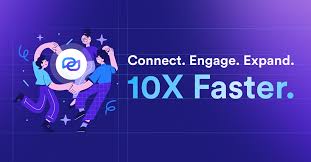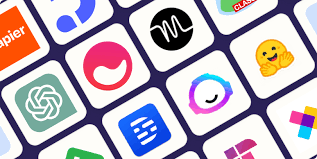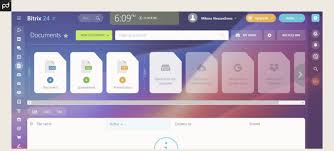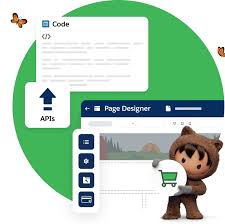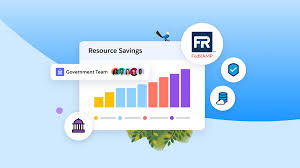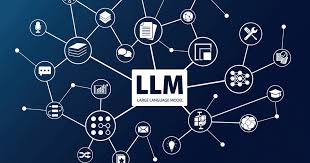AI Data Privacy and Security
Three Key Generative AI Data Privacy and Security Concerns The rise of generative AI is reshaping the digital landscape, introducing powerful tools like ChatGPT and Microsoft Copilot into the hands of professionals, students, and casual users alike. From creating AI-generated art to summarizing complex texts, generative AI (GenAI) is transforming workflows and sparking innovation. However, for information security and privacy professionals, this rapid proliferation also brings significant challenges in data governance and protection. Below are three critical data privacy and security concerns tied to generative AI: 1. Who Owns the Data? Data ownership is a contentious issue in the age of generative AI. In the European Union, the General Data Protection Regulation (GDPR) asserts that individuals own their personal data. In contrast, data ownership laws in the United States are less clear-cut, with recent state-level regulations echoing GDPR’s principles but failing to resolve ambiguity. Generative AI often ingests vast amounts of data, much of which may not belong to the person uploading it. This creates legal risks for both users and AI model providers, especially when third-party data is involved. Cases surrounding intellectual property, such as controversies involving Slack, Reddit, and LinkedIn, highlight public resistance to having personal data used for AI training. As lawsuits in this arena emerge, prior intellectual property rulings could shape the legal landscape for generative AI. 2. What Data Can Be Derived from LLM Output? Generative AI models are designed to be helpful, but they can inadvertently expose sensitive or proprietary information submitted during training. This risk has made many wary of uploading critical data into AI models. Techniques like tokenization, anonymization, and pseudonymization can reduce these risks by obscuring sensitive data before it is fed into AI systems. However, these practices may compromise the model’s performance by limiting the quality and specificity of the training data. Advocates for GenAI stress that high-quality, accurate data is essential to achieving the best results, which adds to the complexity of balancing privacy with performance. 3. Can the Output Be Trusted? The phenomenon of “hallucinations” — when generative AI produces incorrect or fabricated information — poses another significant concern. Whether these errors stem from poor training, flawed data, or malicious intent, they raise questions about the reliability of GenAI outputs. The impact of hallucinations varies depending on the context. While some errors may cause minor inconveniences, others could have serious or even dangerous consequences, particularly in sensitive domains like healthcare or legal advisory. As generative AI continues to evolve, ensuring the accuracy and integrity of its outputs will remain a top priority. The Generative AI Data Governance Imperative Generative AI’s transformative power lies in its ability to leverage vast amounts of information. For information security, data privacy, and governance professionals, this means grappling with key questions, such as: With high stakes and no way to reverse intellectual property violations, the need for robust data governance frameworks is urgent. As society navigates this transformative era, balancing innovation with responsibility will determine whether generative AI becomes a tool for progress or a source of new challenges. While generative AI heralds a bold future, history reminds us that groundbreaking advancements often come with growing pains. It is the responsibility of stakeholders to anticipate and address these challenges to ensure a safer and more equitable AI-powered world. Like Related Posts Salesforce OEM AppExchange Expanding its reach beyond CRM, Salesforce.com has launched a new service called AppExchange OEM Edition, aimed at non-CRM service providers. Read more Salesforce Jigsaw Salesforce.com, a prominent figure in cloud computing, has finalized a deal to acquire Jigsaw, a wiki-style business contact database, for Read more Service Cloud with AI-Driven Intelligence Salesforce Enhances Service Cloud with AI-Driven Intelligence Engine Data science and analytics are rapidly becoming standard features in enterprise applications, Read more Health Cloud Brings Healthcare Transformation Following swiftly after last week’s successful launch of Financial Services Cloud, Salesforce has announced the second installment in its series Read more




